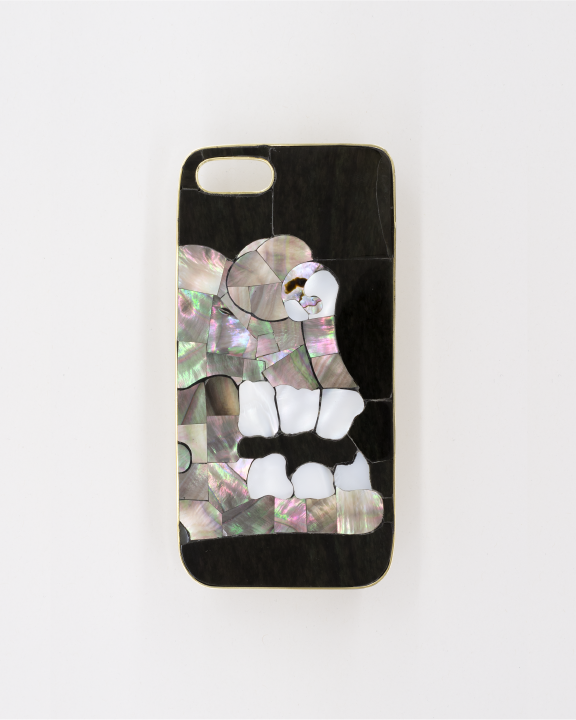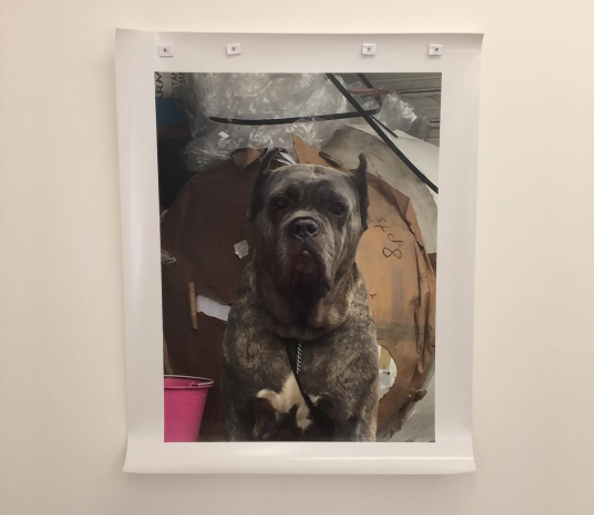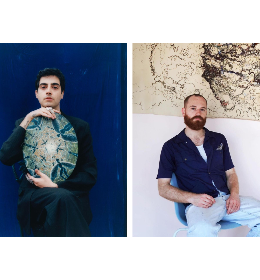Next month, Los Angeles gallery Freedman Fitzpatrick will set up shop at Galerie Neu’s second space in Berlin on the occasion of Berlin Art Week and for the first time, a similar initiative is to take place across the pond with five Latin American galleries headed for Los Angeles to present the collaborative initiative Ruberta.
Although slightly different from Condo or Okey-Dokey, Ruberta is built on a similar principle: the initiative will see five gallerists split the costs of one Los Angeles gallery space. Each year, Ruberta will play host to one group exhibition involving all of the participating galleries, followed by five successive two-month residencies, one for each gallery.
“Even though each of our galleries has its own identity, our programs are compatible with one another,” explains Mexico City-based dealer Brett W. Schultz. The five galleries — Galería Agustina Ferreyra (Mexico City / San Juan), Lodos (Mexico City), Proyectos Ultravioleta (Guatemala City), CARNE (Bogotá), and BWSMX (Mexico City) — are all friends, and, according to Schultz “given our profiles and the ages of the artists we’re working with, we’ll all naturally fall into a similar range.” Price range that is, for this a commercial venture, and one that aims to boost the visibility and viability of emerging galleries.

Cristina Tufiño, Lady Joker, 2017. Galería Agustina Ferreyra Image courtesy the artist and Galería Agustina Ferreyra.
Another element that distinguishes Ruberta from other similar events is its longevity, and Schultz has told H A P P E N I N G of his desire to see the project continue in the same space. “it’s different than a pop-up because we’re mutually working toward the success of a single space, which in turn benefits all of us individually,” he says.
But how to assure mutual benefits for all? “A little healthy competition can be a great motivator, especially when we’re all having fun with the project,” says Schultz. But that’s exactly it, friendly competition underpinned with a collaborative force that looks to circumvent the market structures that are threatening the health of many small or middle market galleries. “Competition shouldn’t be something that prevents us from being able to work with one another; competition should be something that aligns our focus,” says Schultz. It also helps that the group have already decided to implement a few modest redistribution measures to ensure that any individual gallery’s success goes towards the greater good of the project.

SANGREE, The Uninvited, 2016. Courtesy of the artists, BWSMX (Mexico City) and Ruberta (Los Angeles), Photo: Rodrigo Viñas
So what does this mean for the future of art fairs if so many galleries are scrabbling to get away from them? Schultz doesn’t believe recent initiatives similar to Ruberta to be antagonistic relative to art fairs however, “What we need is a more diverse ecology for galleries, especially small ones, to exhibit, promote, and sell art,” he says. “What we need is not for fairs to go away, but for there to be significant growth in complementary models that help to allow smaller and mid-size galleries to better absorb and weather the risk of participating in art fairs.”

Diego Salvador Rios, Perron, 2017. Lodos Gallery
Text: Jessica Saxby & Henri Robert









